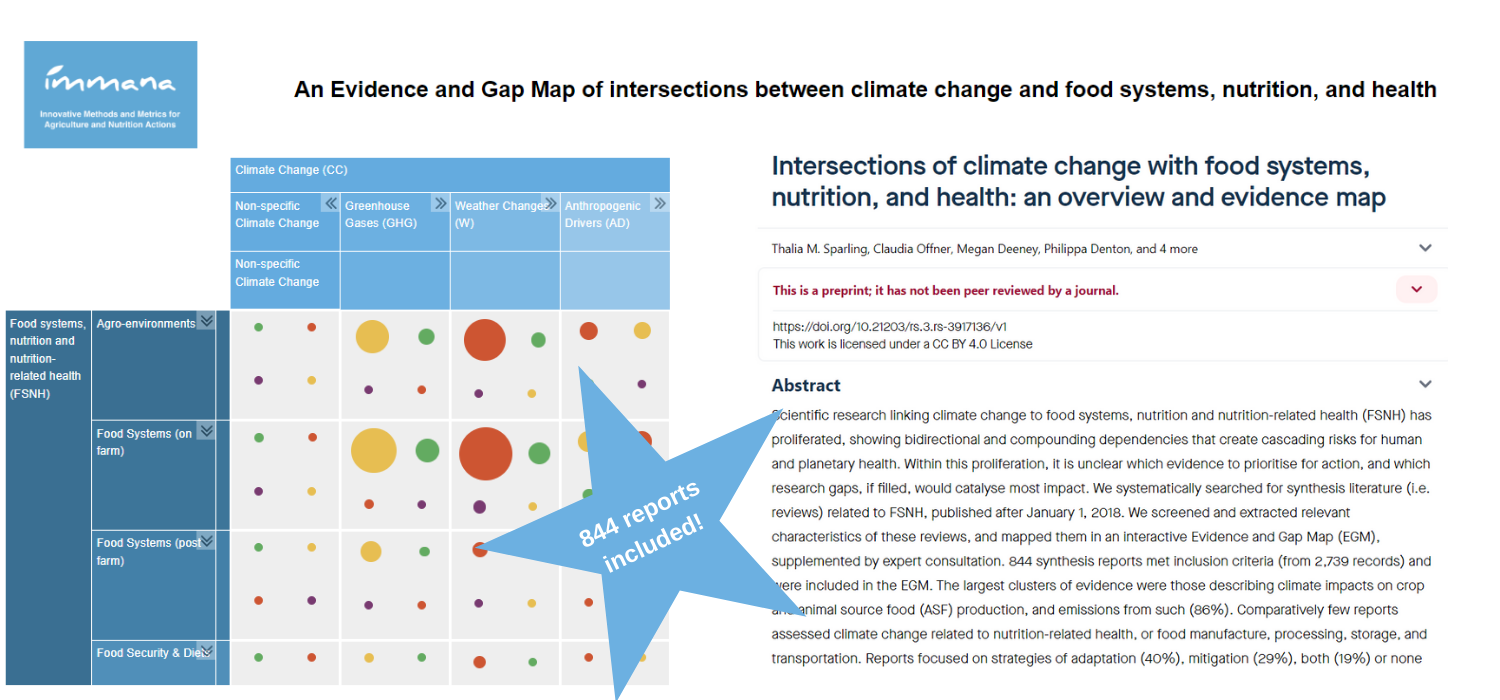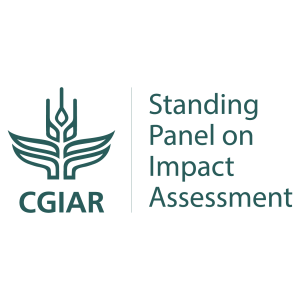A new study 'Export-Driven, Extensive Coastal Aquaculture Can Benefit Nutritionally Vulnerable People' has been published in Frontiers in Sustainable Food Systems.

The paper challenges the assumption that coastal shrimp and prawn farming destined for export has negative environmental, social and nutritional impacts locally.
Using high quality data from four communities in South-West Bangladesh the authors found that:
- worse-off households achieved higher productivity of farmed aquatic animals on smaller landholding than better-off households with larger landholdings;
- vegetable production on gher dikes was a significant source of nutrition and income in lower saline gradients;
- more fish was eaten in lower saline gradients although fish consumption was highly variable within and between households;
- intra-household allocation of specific foods within diets were similar across communities;
- recommended nutrient intakes of protein and zinc exceeded daily requirements for adolescent females, but energy, calcium, and iron were below recommended intake levels;
- n-3 LC-PUFA, expressed as percentage of total fatty acids, in whole blood samples of adolescent females declined with ambient salinity level regardless of household socioeconomic status;
- analysis of aquatic animals consumed found that mangrove species and tilapia harvested from higher saline ghers contained high levels of desirable PUFAs
This paper is an output from the IMMANA grant Aquatic Food for Health and Nutrition (AQN): A metric for assessing the impacts on nutrition and health of agroecosystems producing farmed seafood




